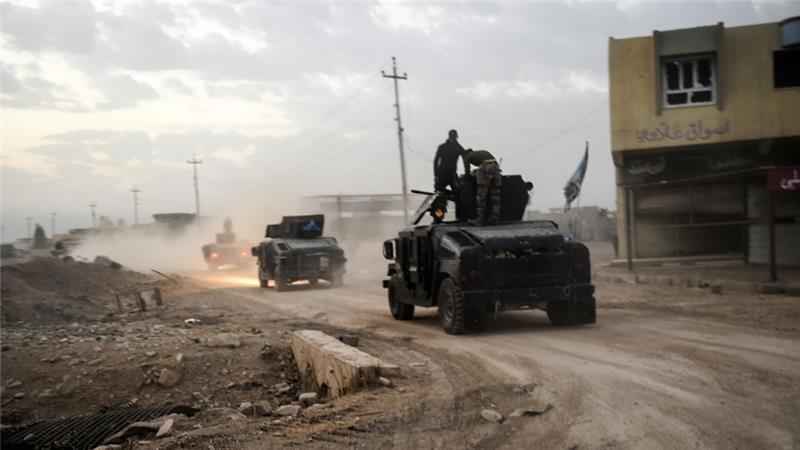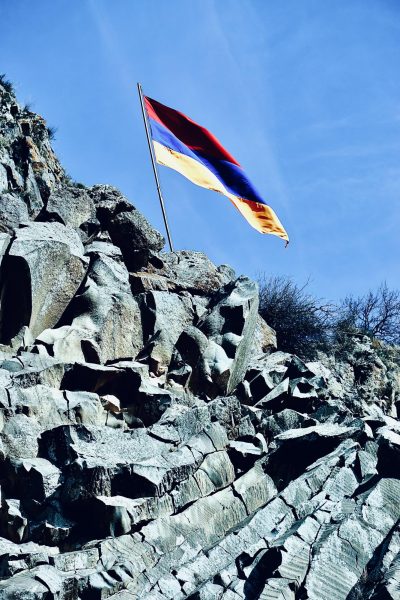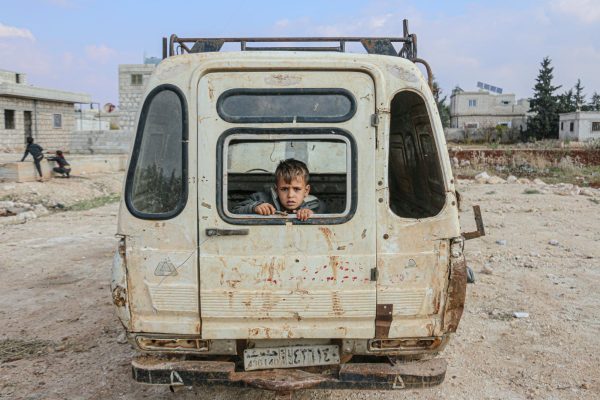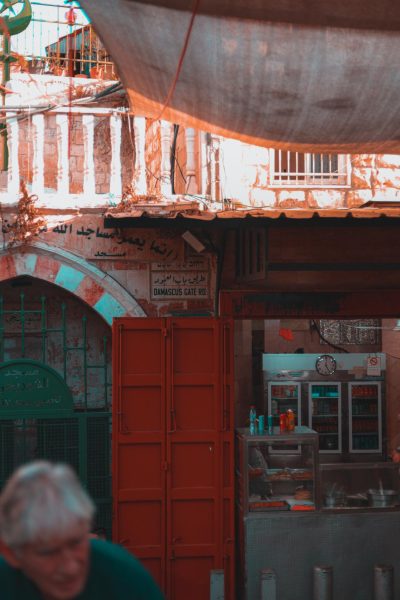The Battle for Mosul Rages On
In October 2016, a new offensive push by the Kurdish and Iraqi military has launched an attack on Mosul, the last ISIS stronghold in Iraq.
Along the banks of the Tigris River, Mosul was the top industrial city in northern Iraq. Its location near major oil fields and a critical oil pipeline, made it an important city. The once prominent city was a main trading place for the neighboring countries of Turkey and Syria. Its location between countries made it a place of important culture and commerce. With a population of 2 million, the city was very diverse, Sunni Arabs and Kurds made up the biggest percentage of the population, with many smaller yet sizable groups of diverse ethnicities and religions. The city was seen as stable and prosperous until 2014 when ISIS conquered the city and everything changed.
The June 2014 siege of Mosul was a blow to Iraq’s stability and shocked many people. The population of the city has been cut in half as people fled the violence and discrimination the terrorists have brought. Many members of minorities, especially those that follow religions other than Islam, have left Mosul, due to the greatly increasing discrimination, harassment and persecution against them.
For the citizens of Mosul, daily life has been transformed, as the once diverse city where cultures and religions once blended and lived in relative harmony has become a city of strict law. Women are now forced to be covered head-to-toe in black whenever they are in public and they must also be accompanied by a male chaperone. If a citizen is accused of a crime, the chance of trial is nearly nonexistent and torture is commonplace. Even for minor offenses the punishment is severe, with the minimum punishment being flogging, even for small things like smoking. For the poor and homeless, life has gotten even harder. The food, shelter and charity once supplied by many mosques, churches and other organizations have been cutoff and in some cases banned. Personal donations to the less fortunate have also decreased as the Mosul economy nosedived. Public school education has been heavily controlled by ISIS and young children are learning about selective topics that ISIS regulates and determines.
The fight to retake the city has mainly been conducted by the Iraqi and Kurdish militaries working together. Working with these forces, the US and other coalition members have been working to generate and train the estimated 25,000 troops that will be needed in the offensive. The strategy has been to envelop the city from the north and the south, while leaving a guarded path out of the city open for civilians to escape the fighting. The Iraqi government has worked with the United Nations and other relief organizations to create a program to protect the refugees and set up 20 refugee camps.
By American military estimates, there are 3,000-4,000 ISIS fighters left in the city. They are expected to fight back defensively to keep the city, as it is used as their main access in and out of Syria. There have been reports of even tighter restrictions on the Mosul population as the fighting begins. The attacking armies have prepared for bombs to be placed in bridges, bombs and roads, along with pits of tire and oil to be burned to fog up the sky. This works to decrease visibility of the planes as they fly over the city. ISIS militants have started digging trenches in preparation for when the offensive armies get closer. They have reportedly started using hospitals and schools as headquarters knowing that the Iraqi army bombers have been instructed to not drop bombs or other weaponry on those buildings.
Since the fighting has begun, the Iraqi and Kurdish military has made large advances in taking ground as they approach the city. The battle is estimated to take weeks or months. 57 members of the Iraqi army have been killed in the line of duty and 250 are reported injured. 800-900 ISIS fighters have been killed in the battle as the fight rages on.
Information from BBC and ABC.






